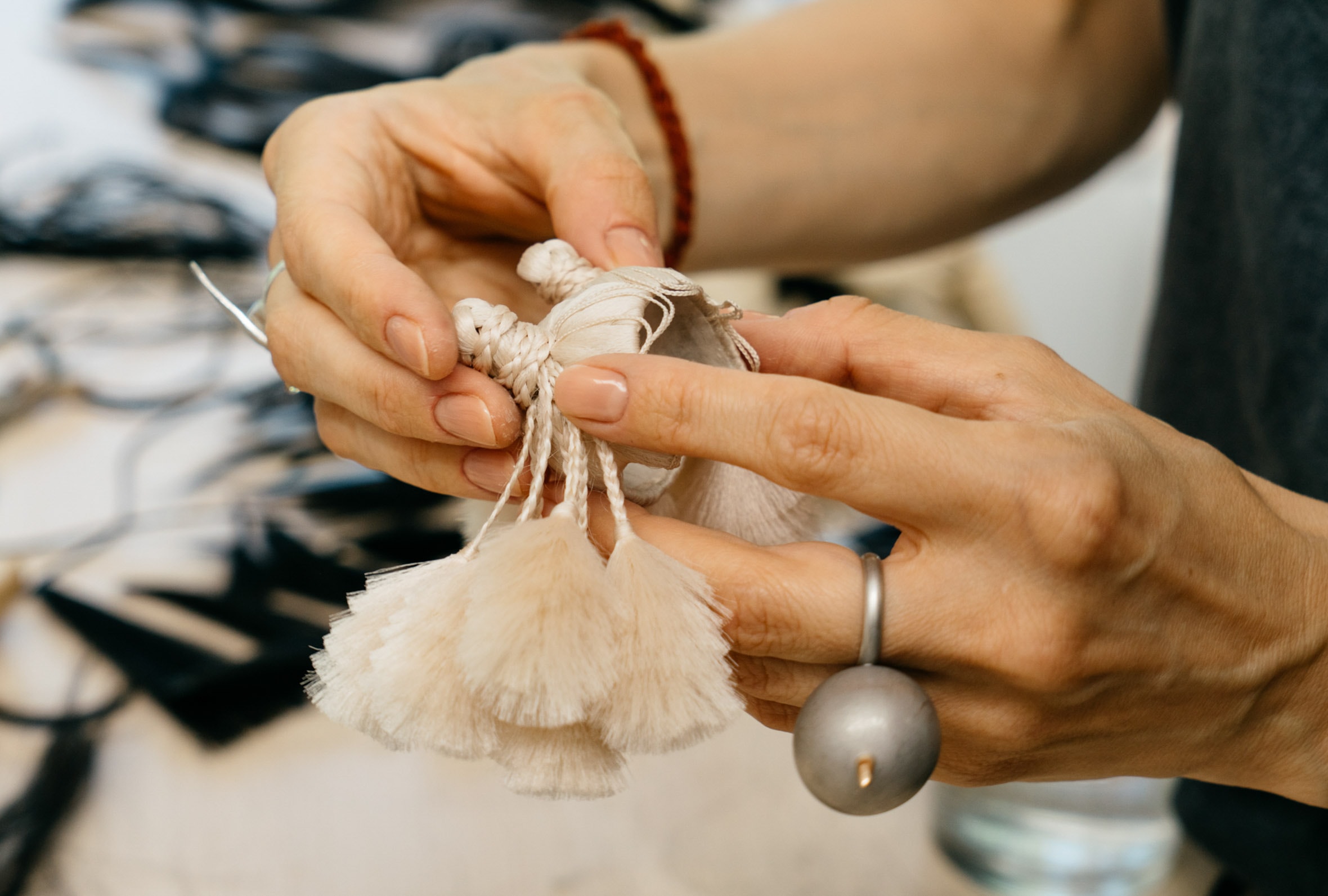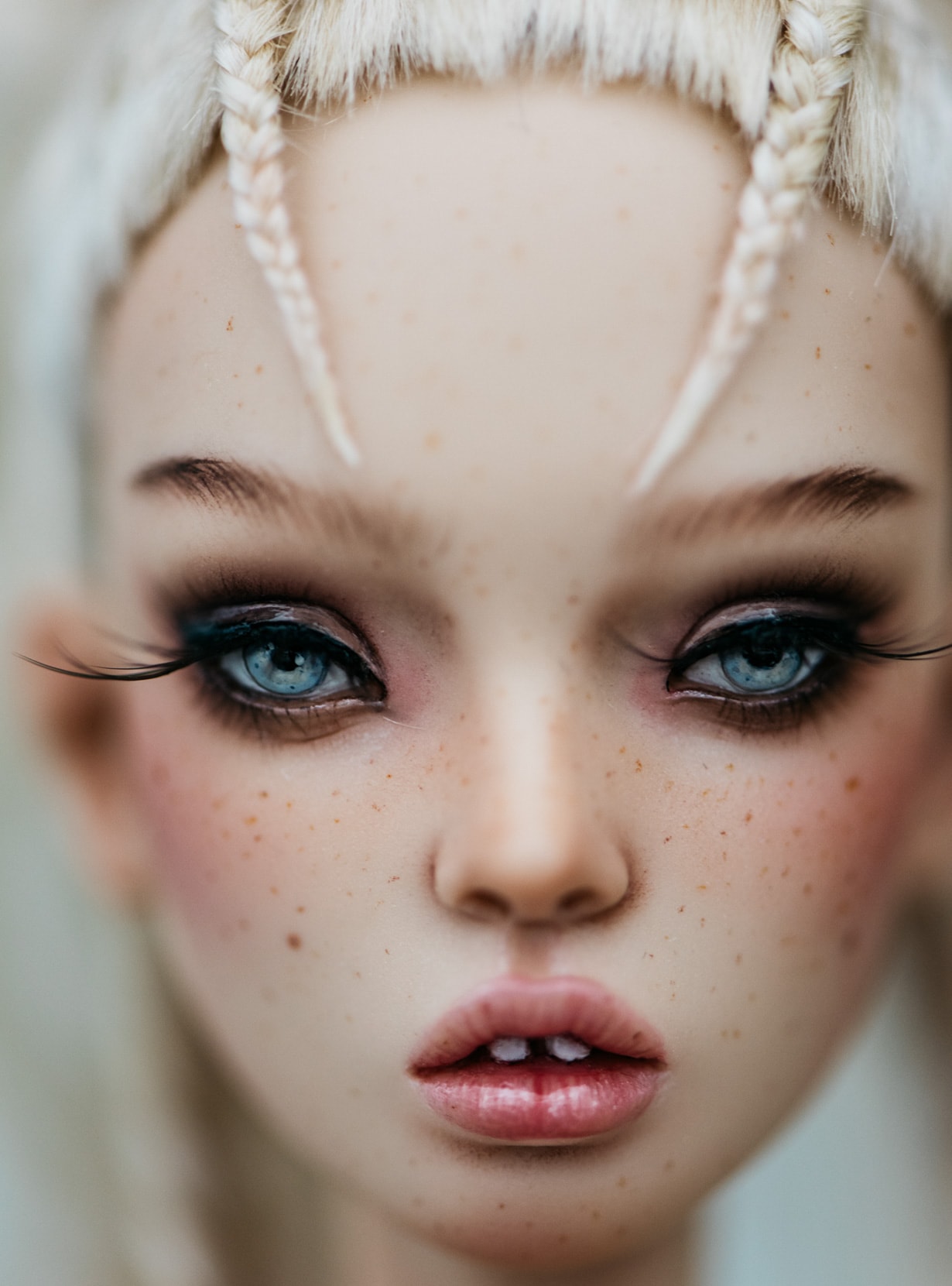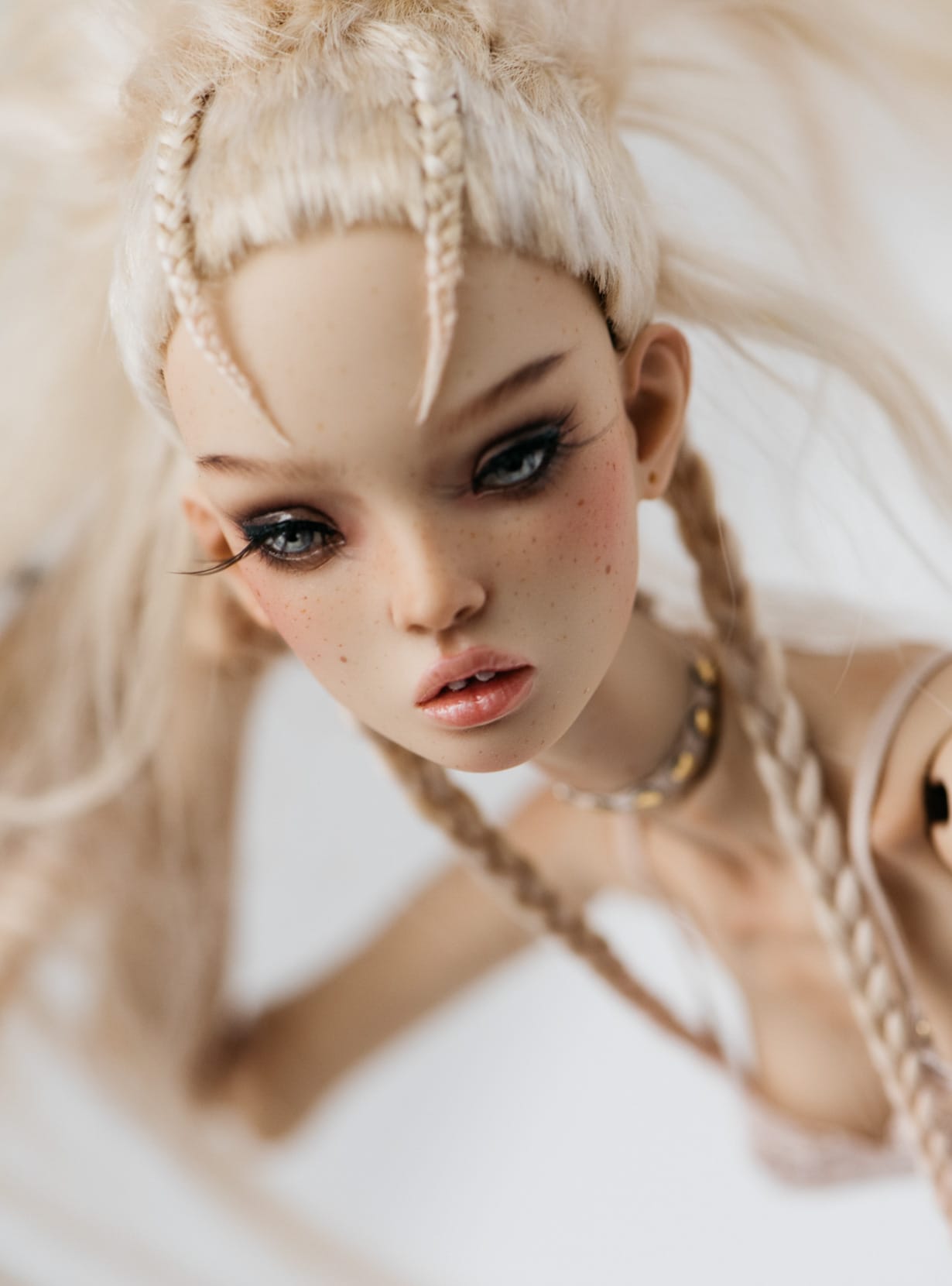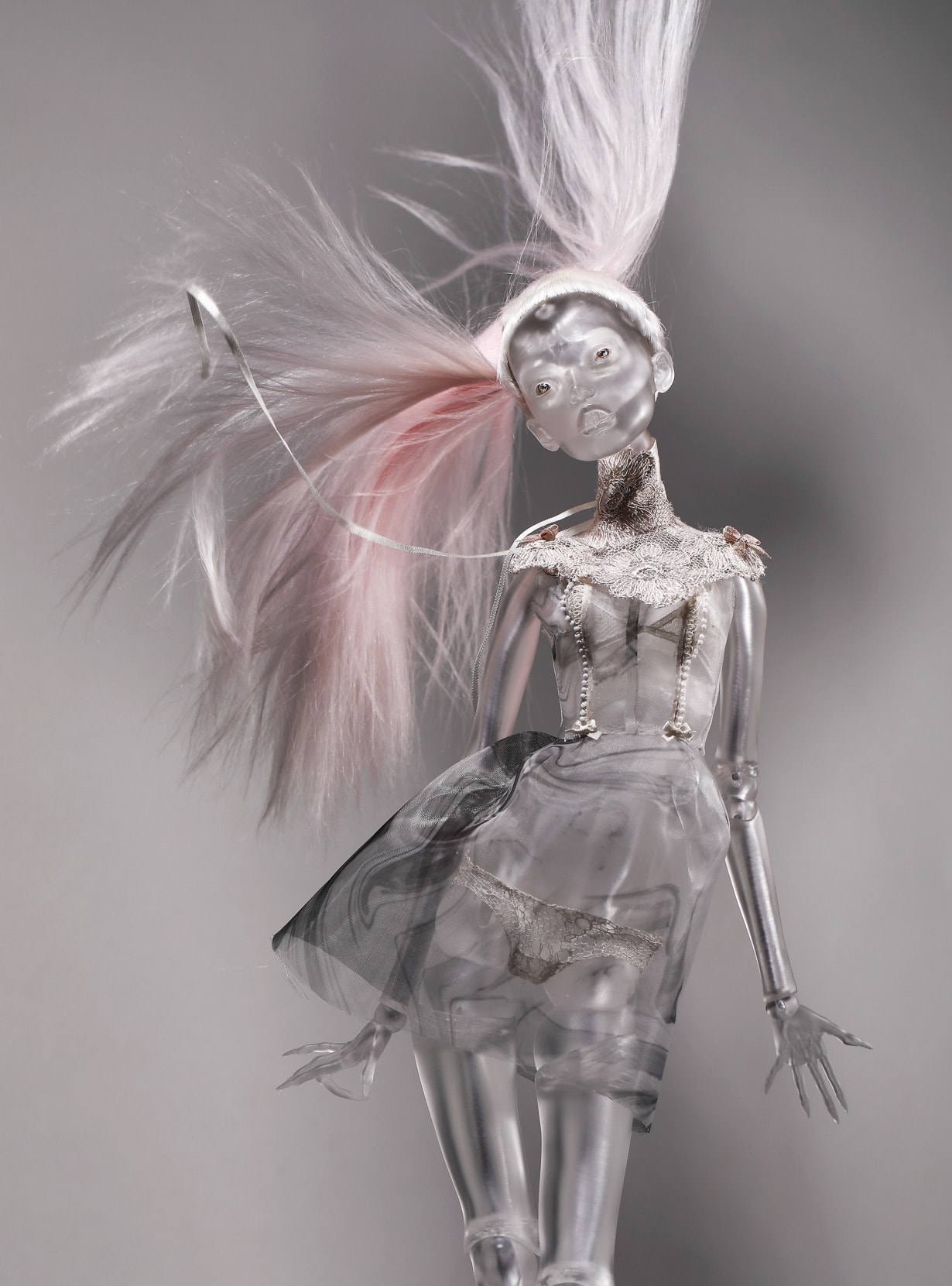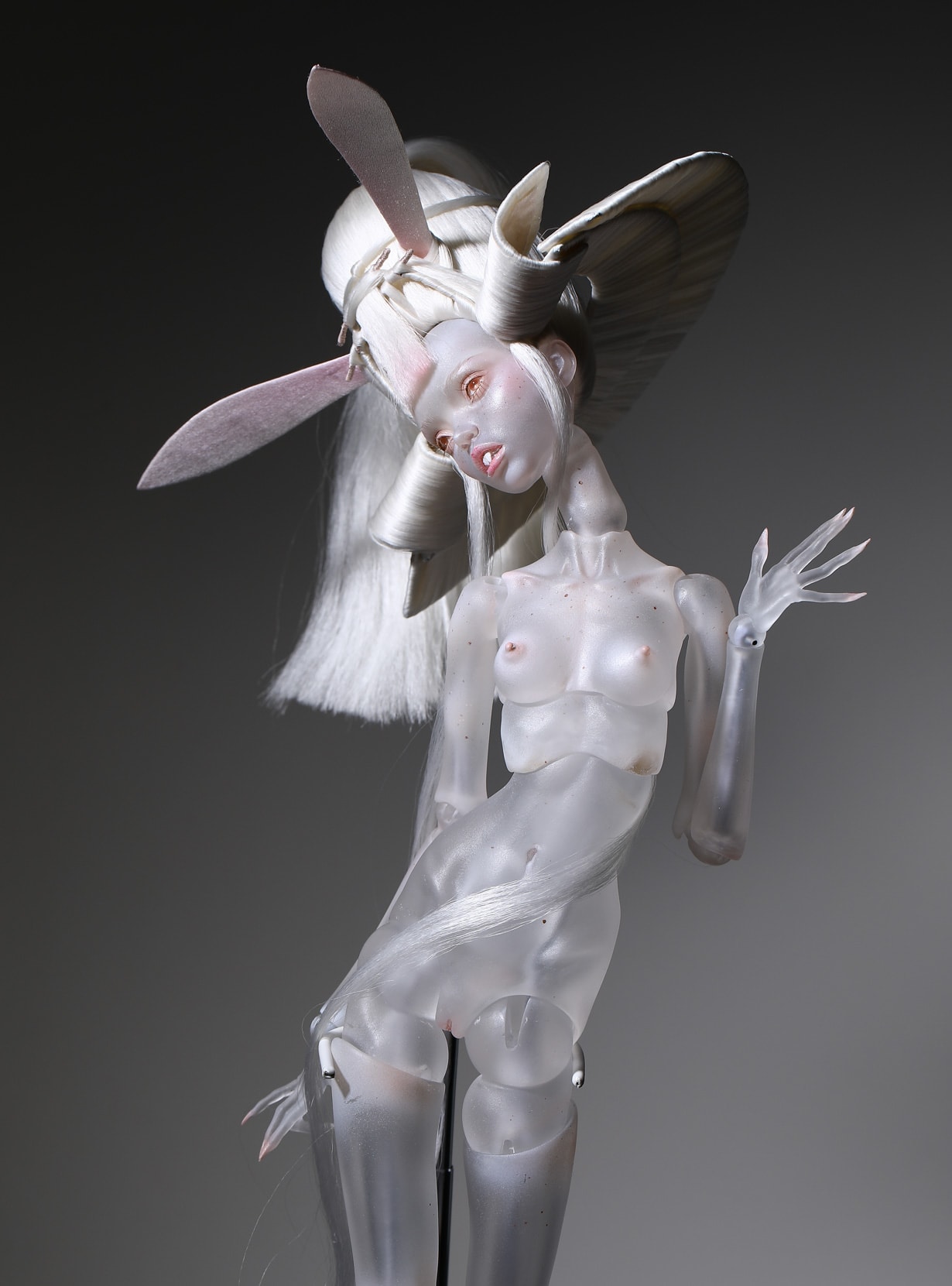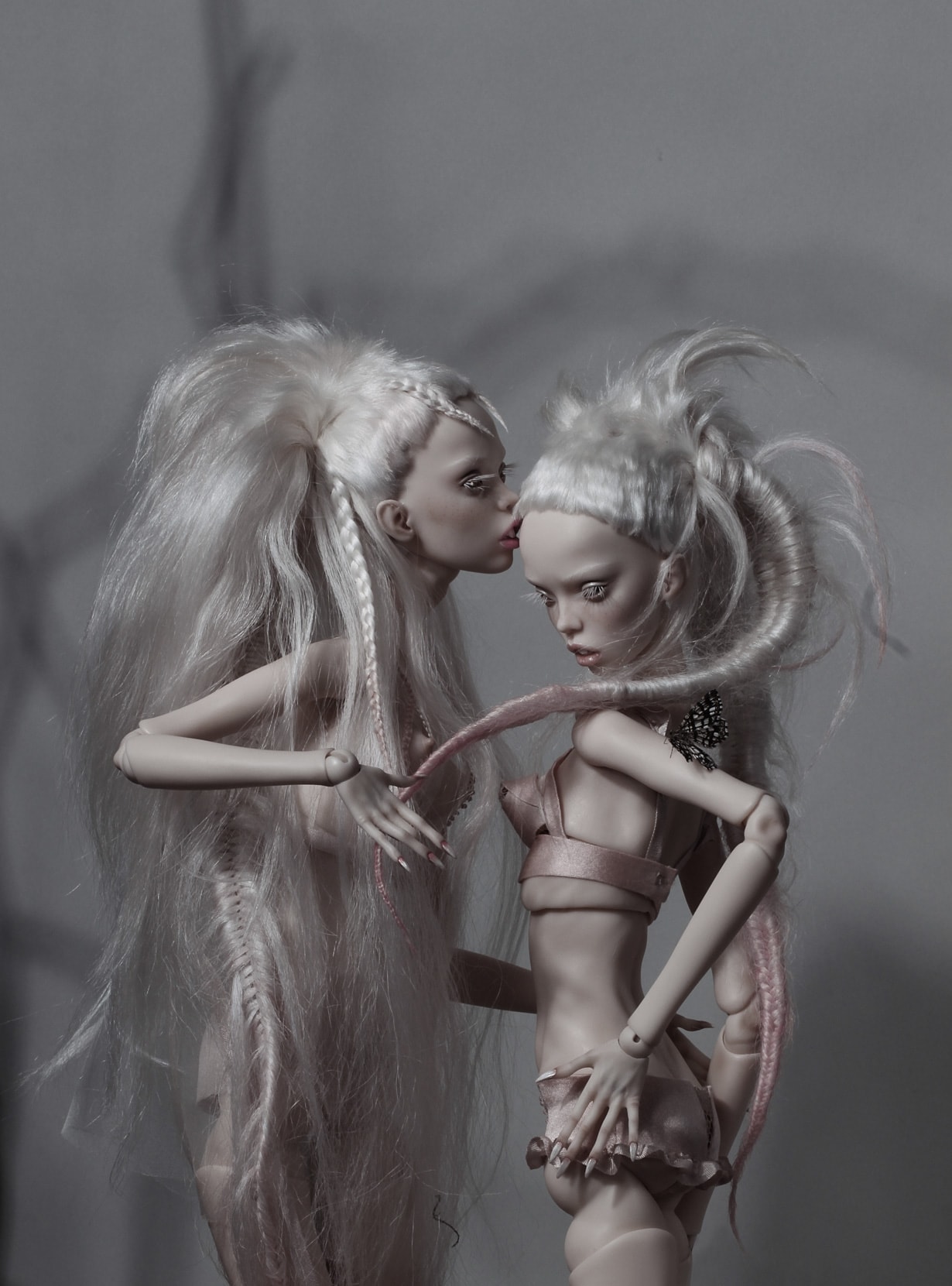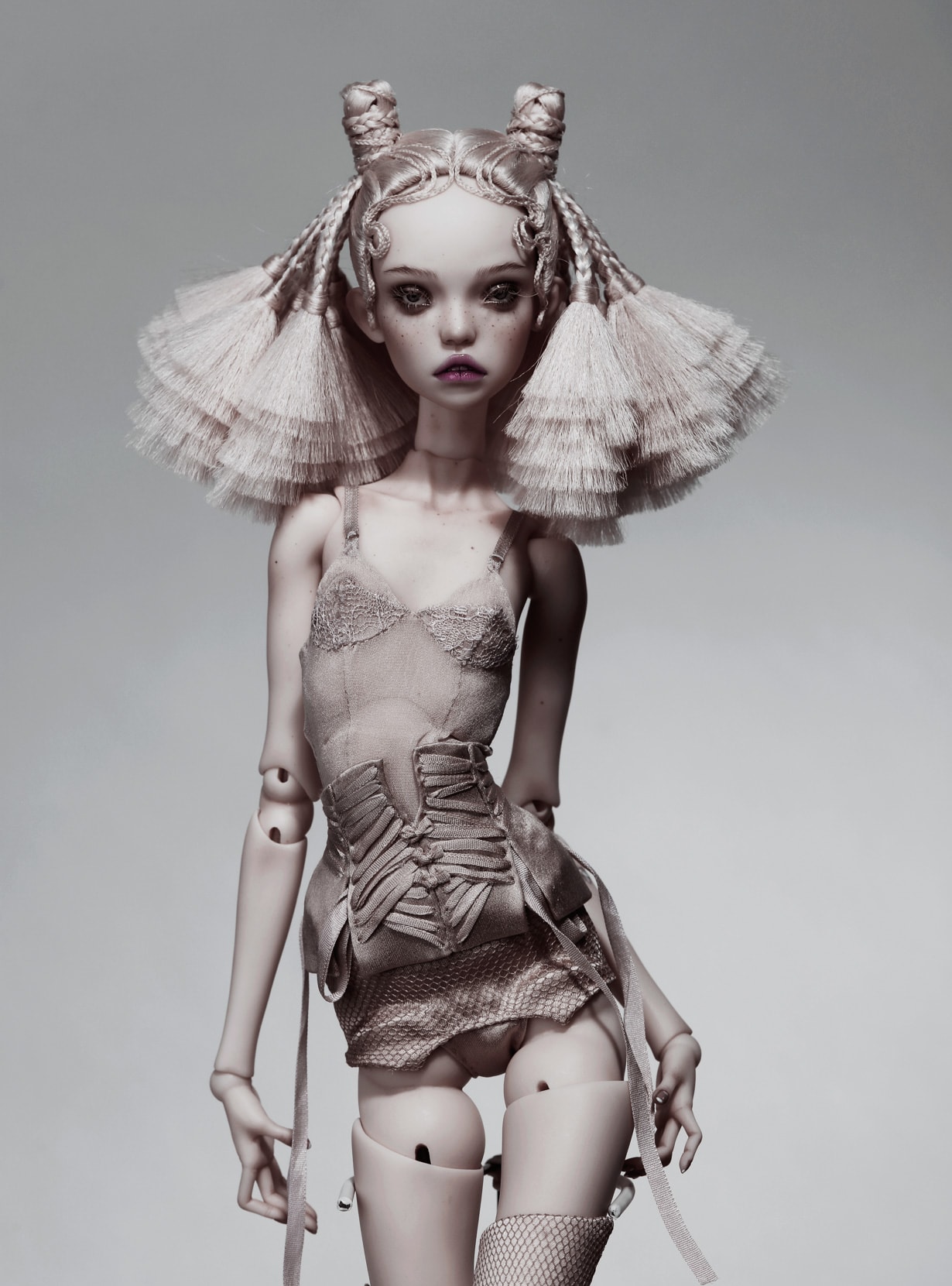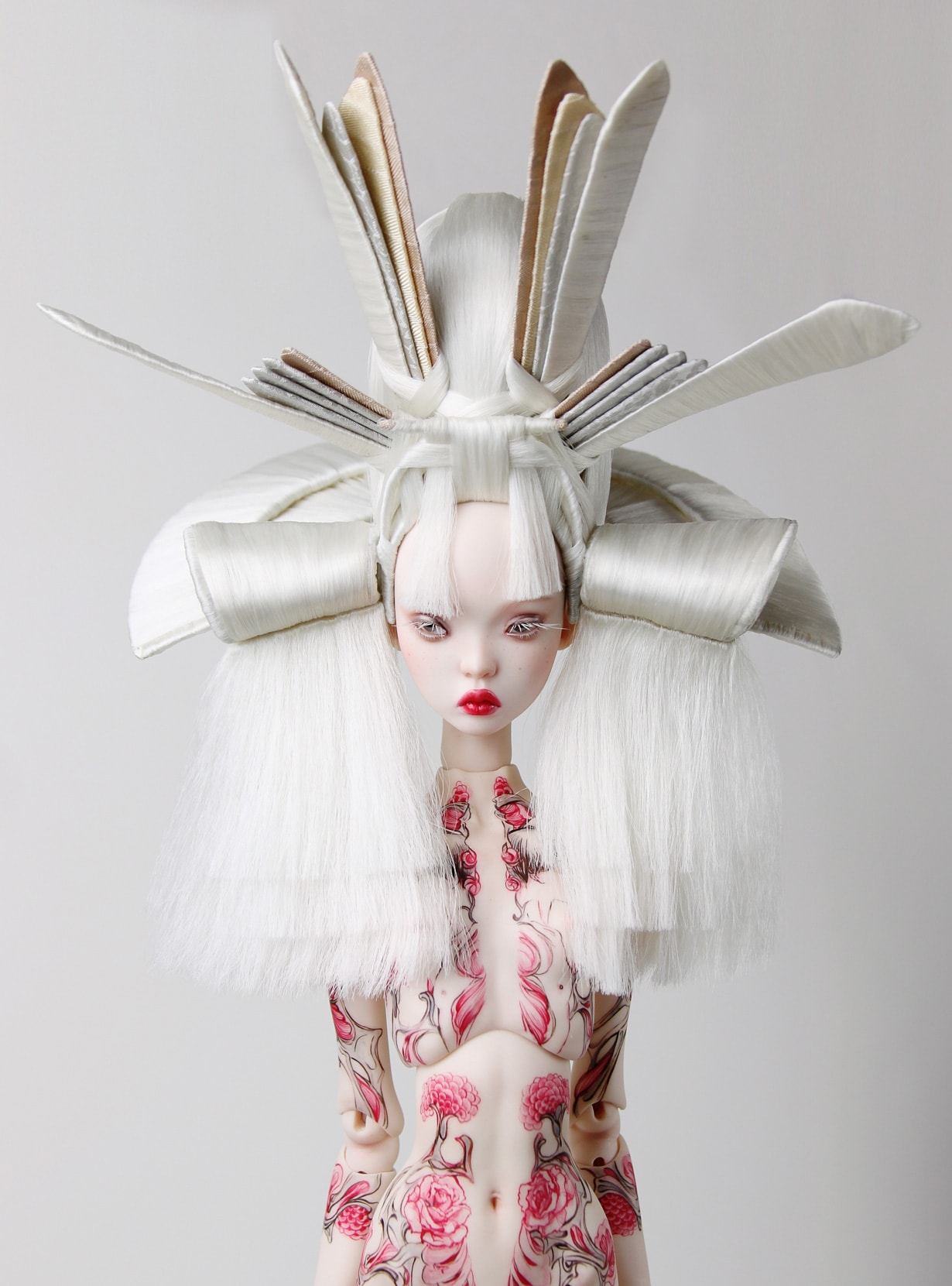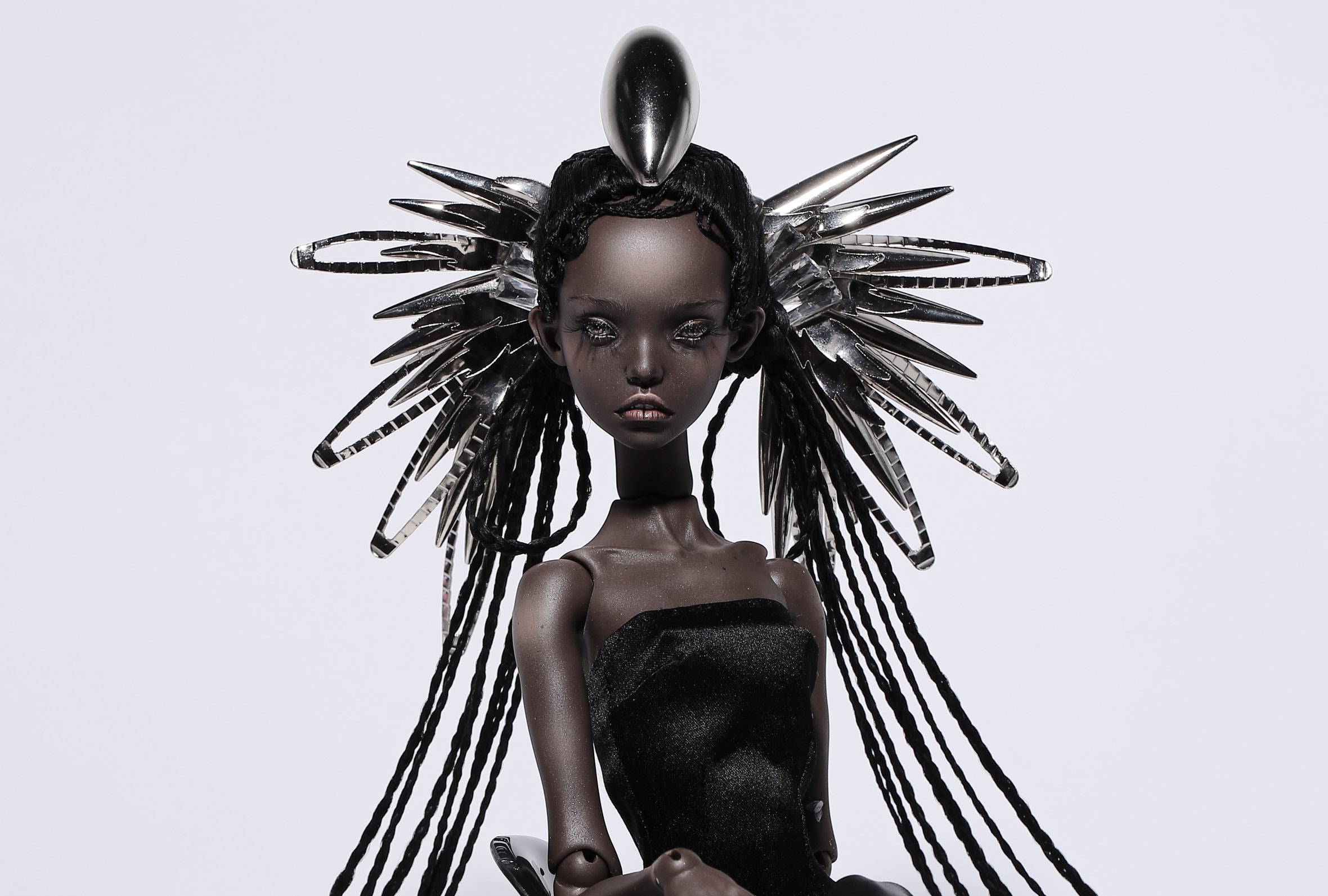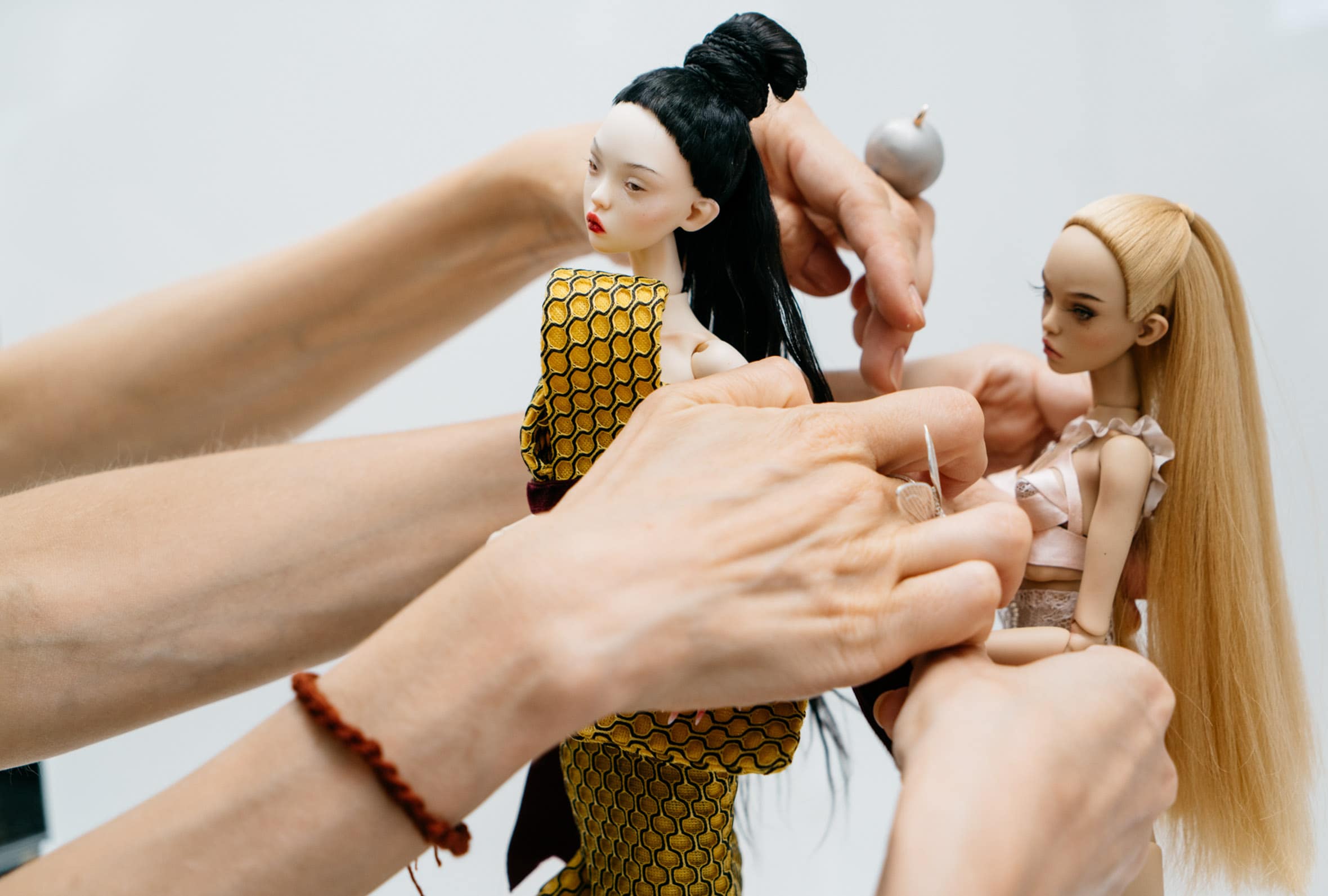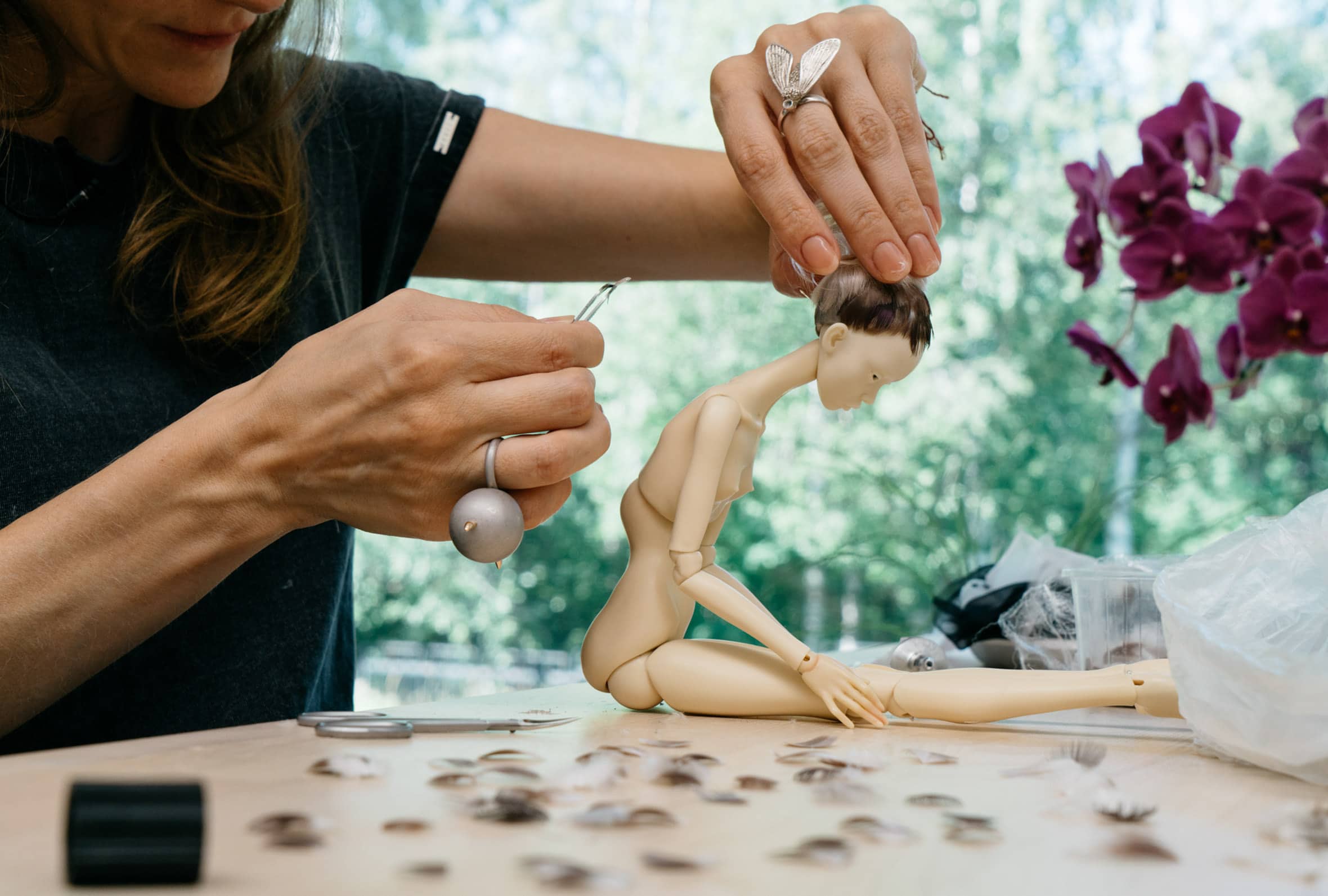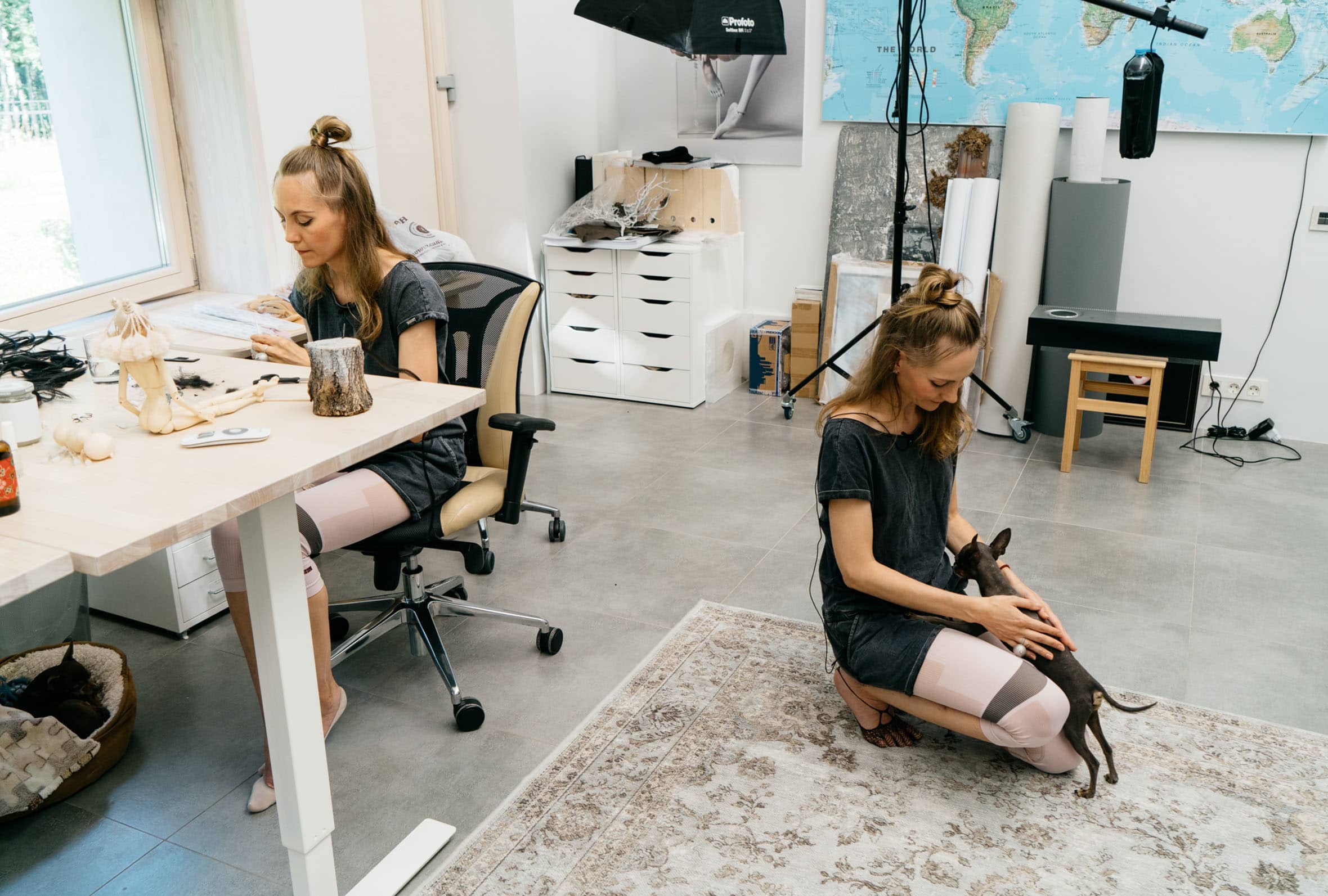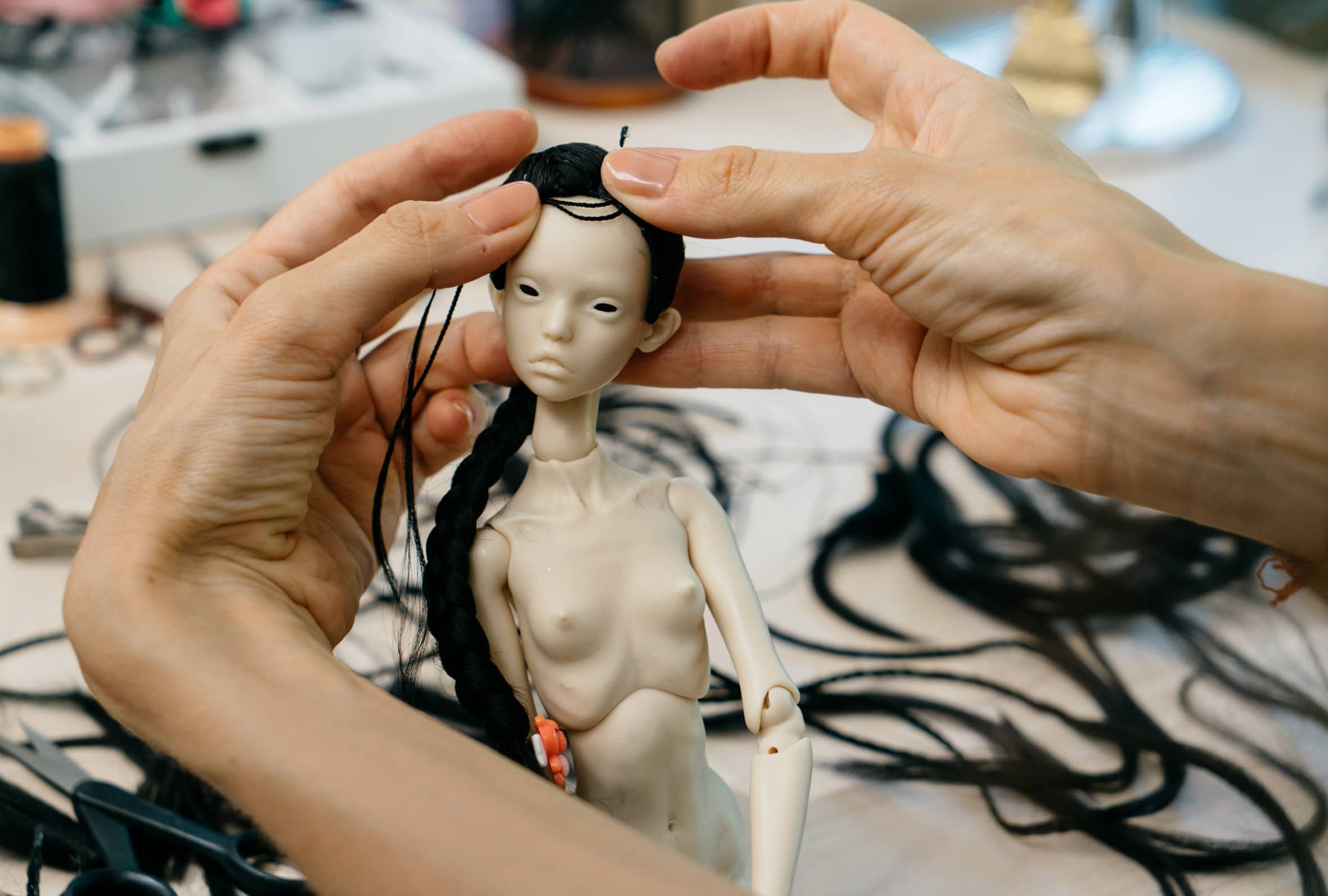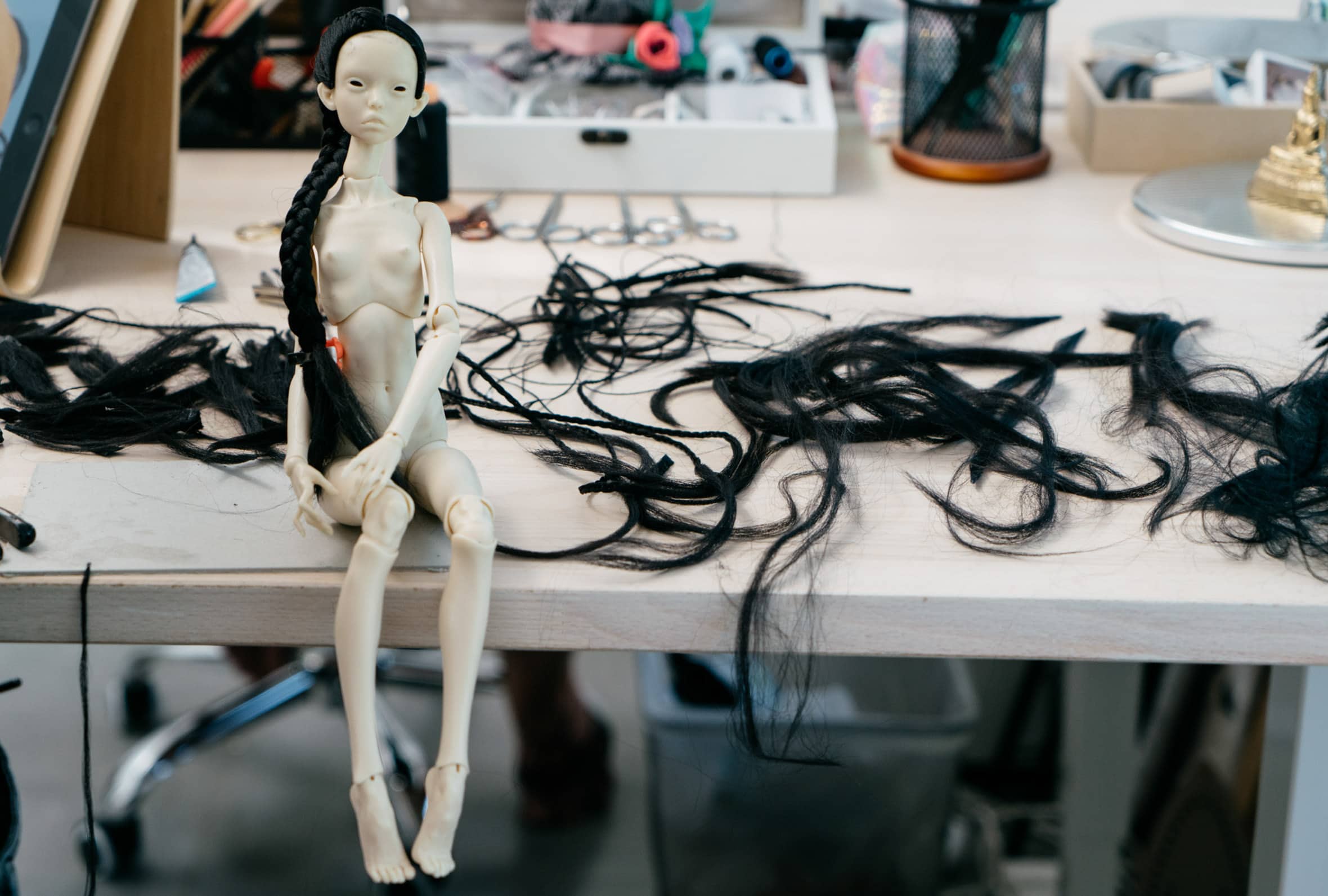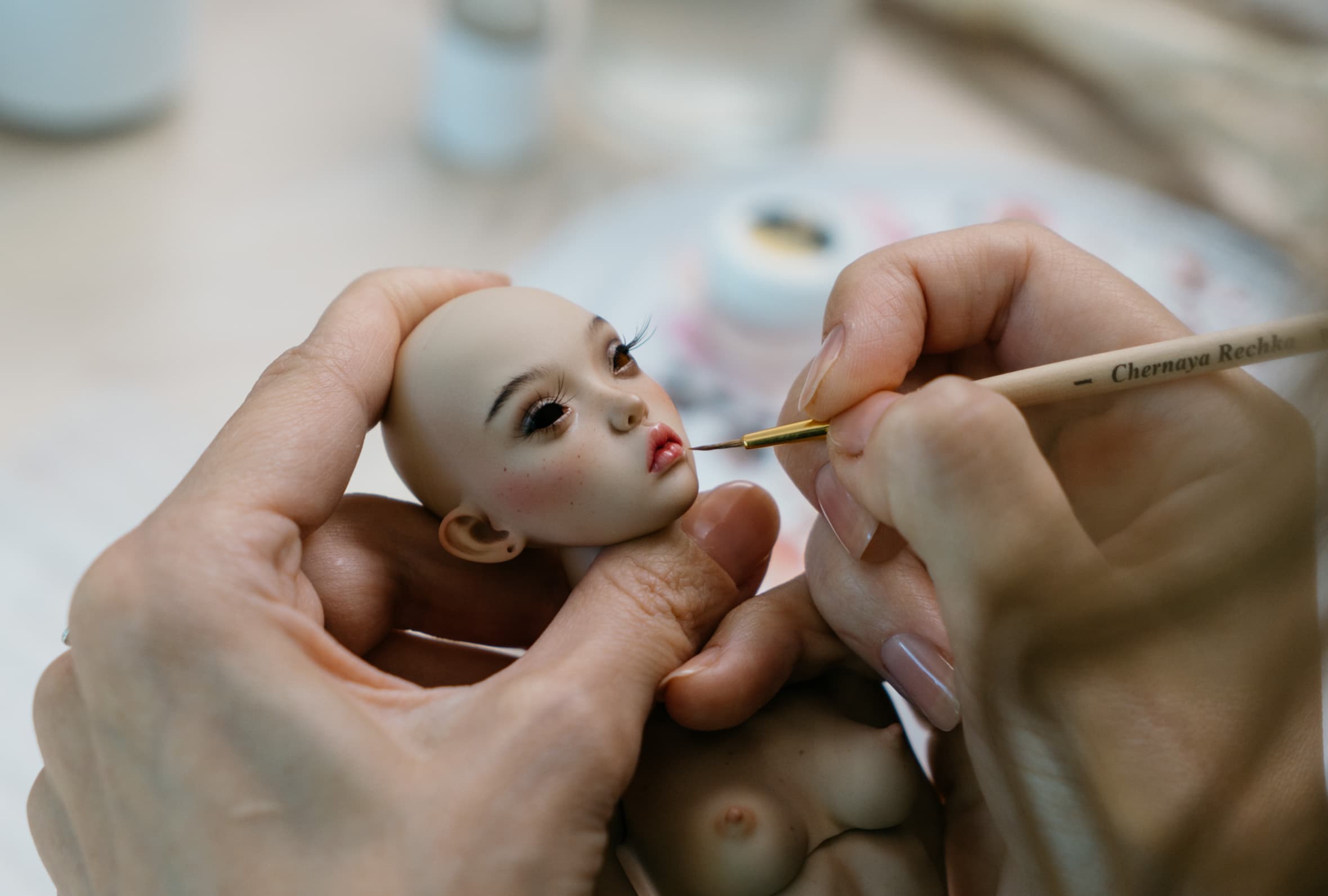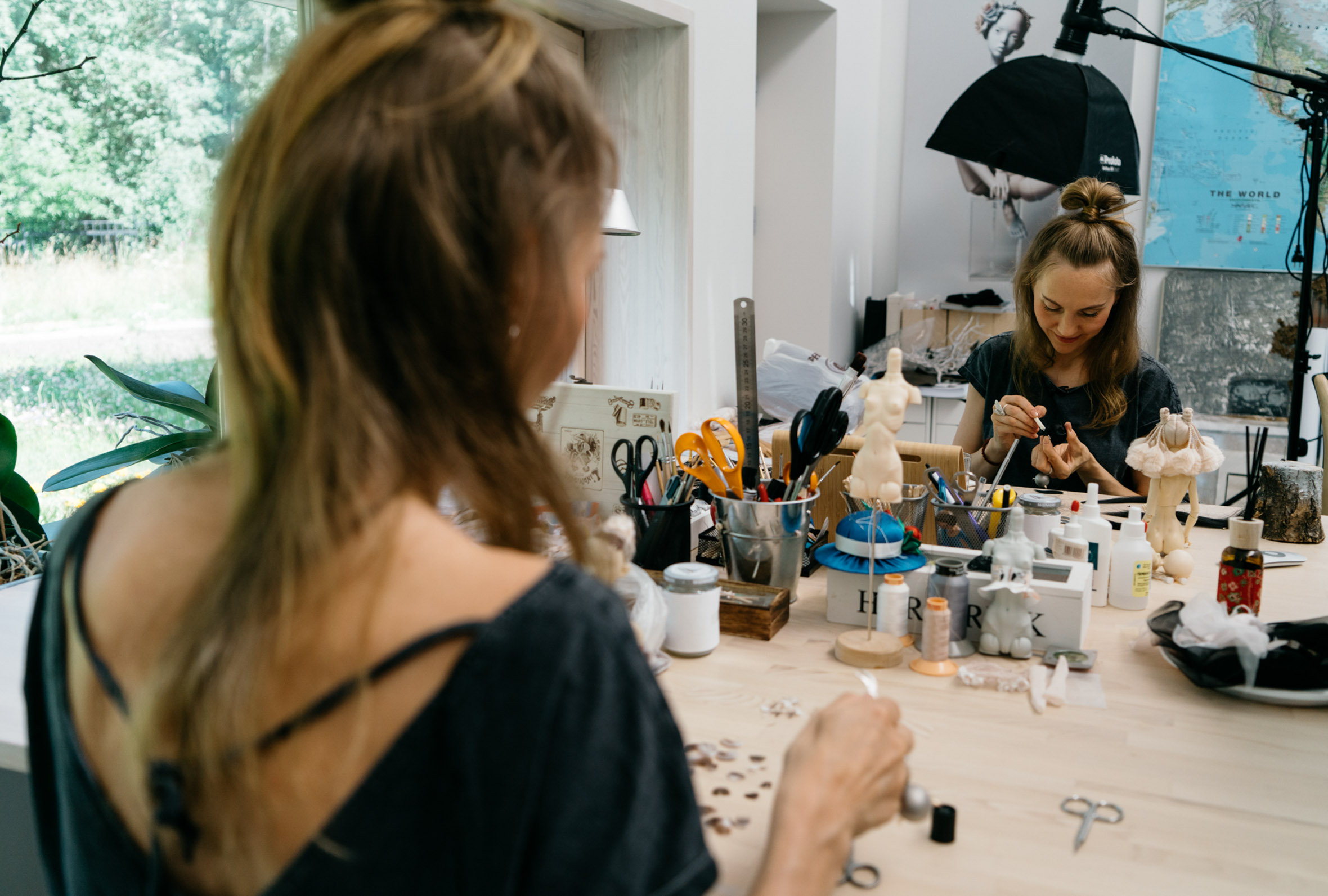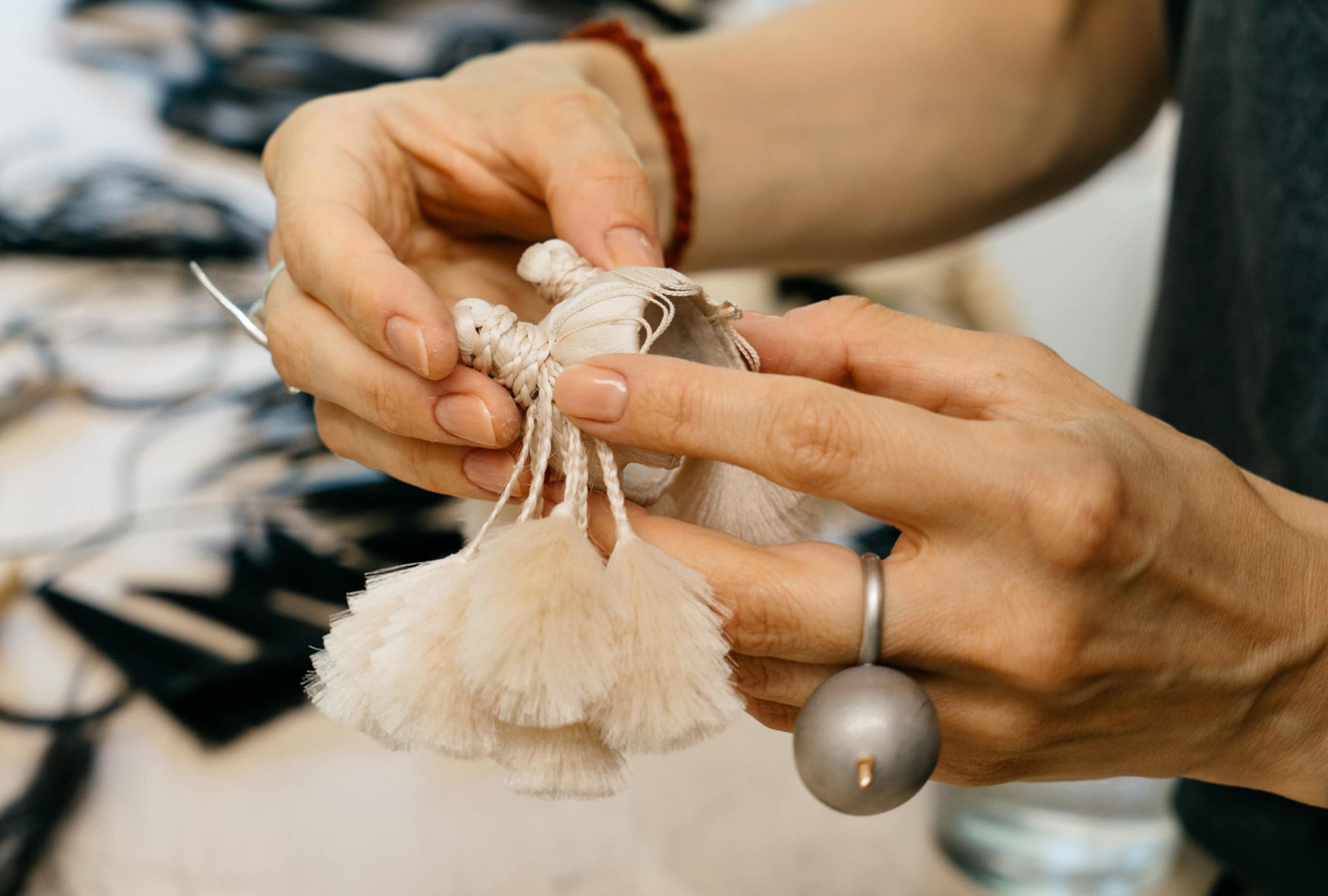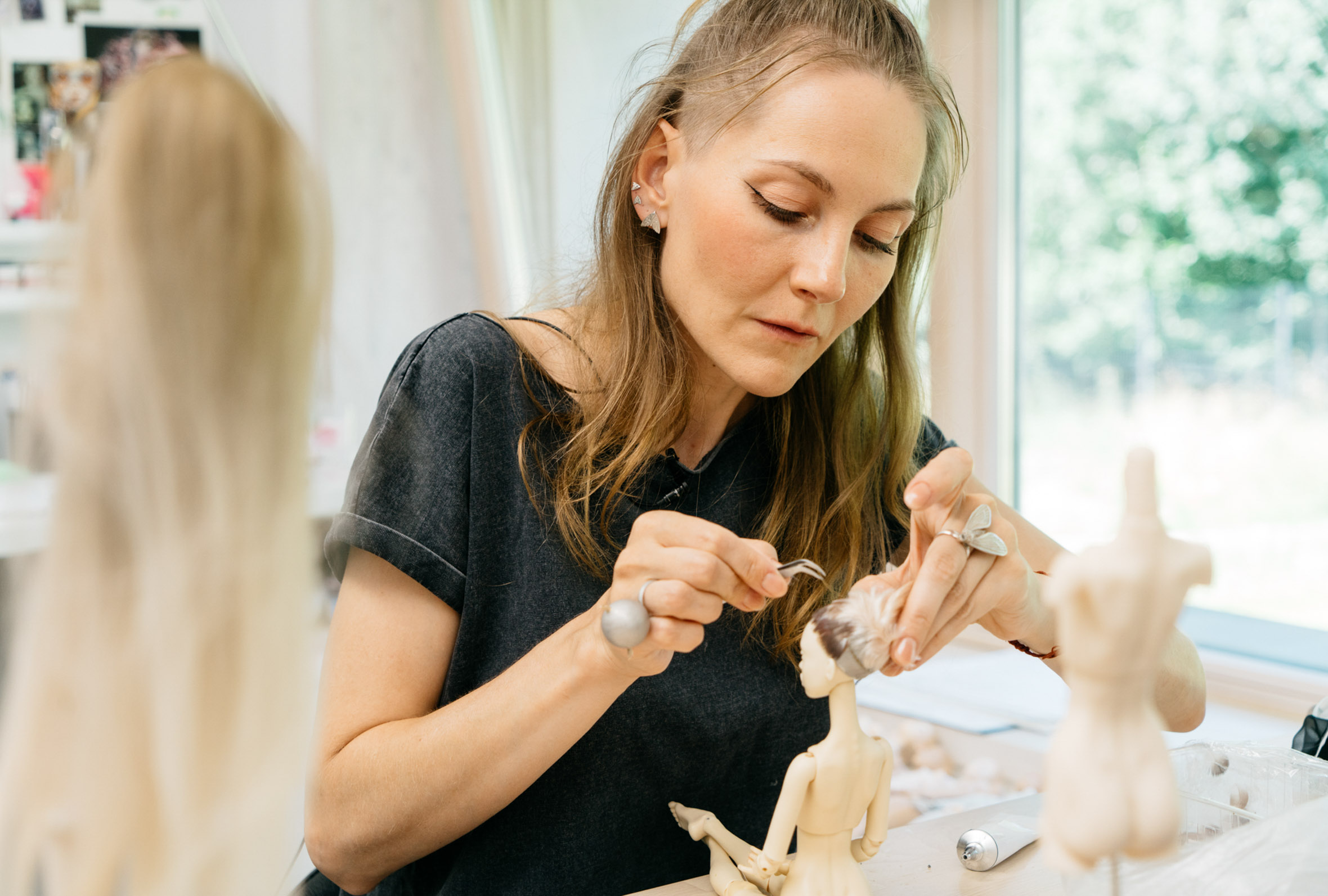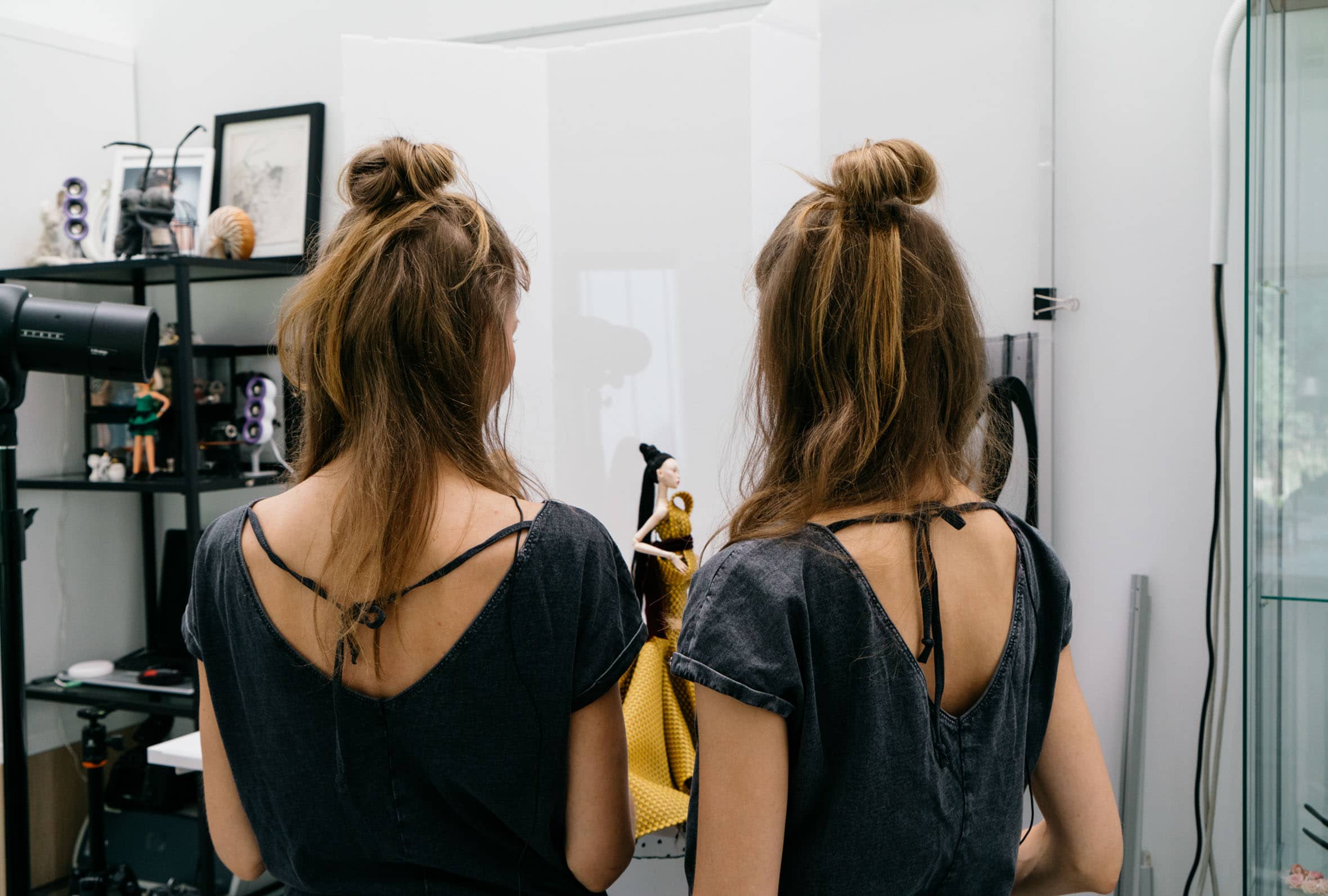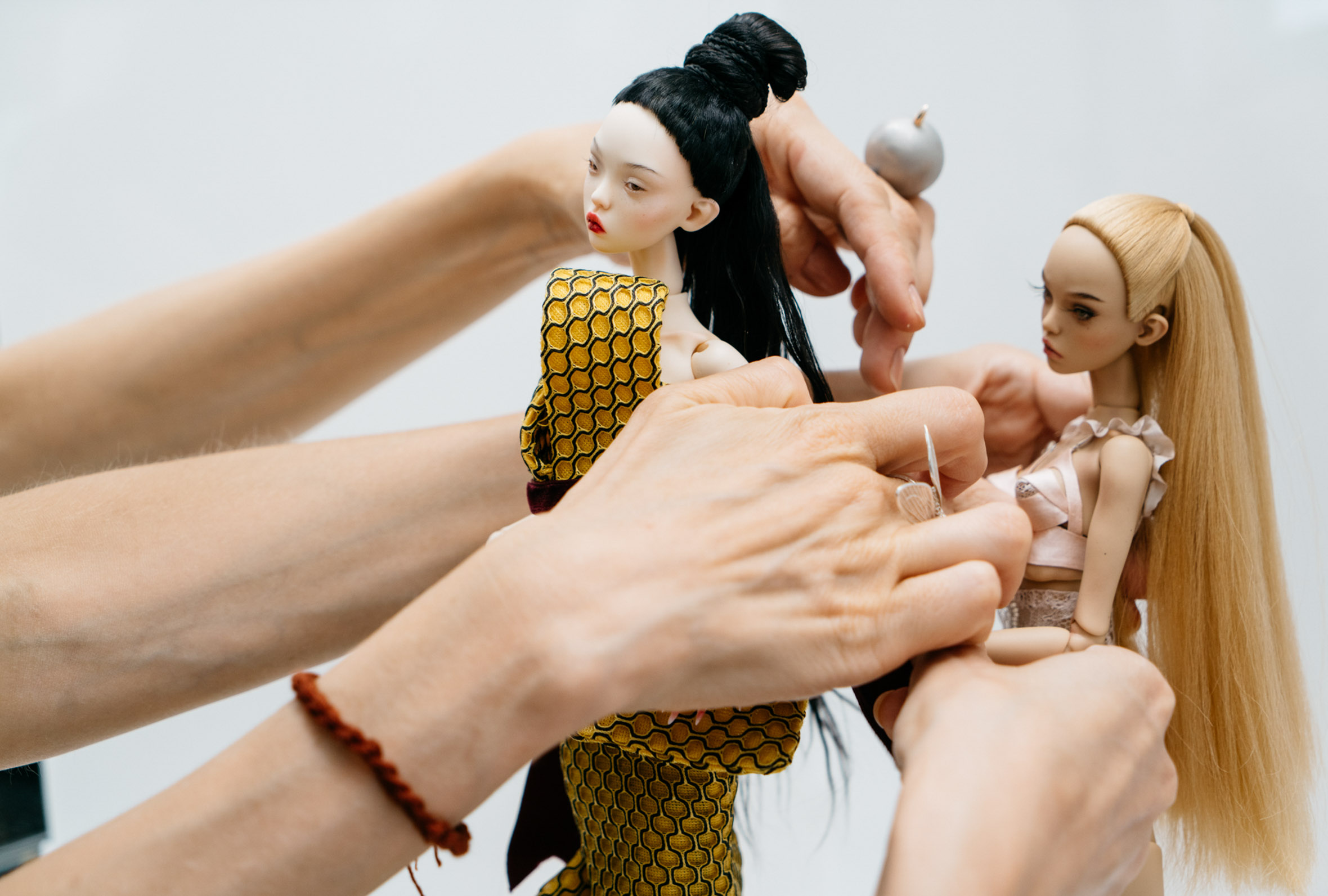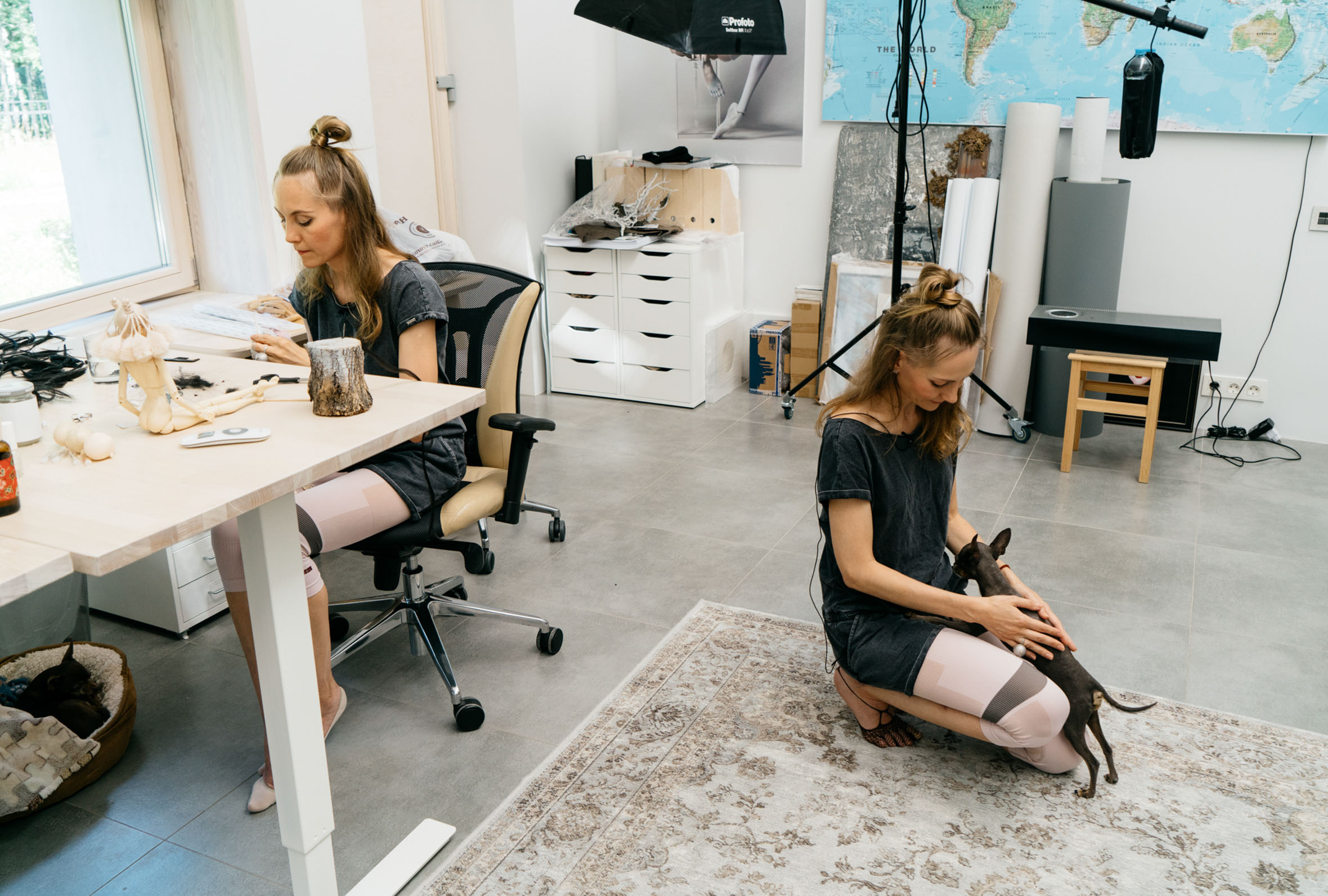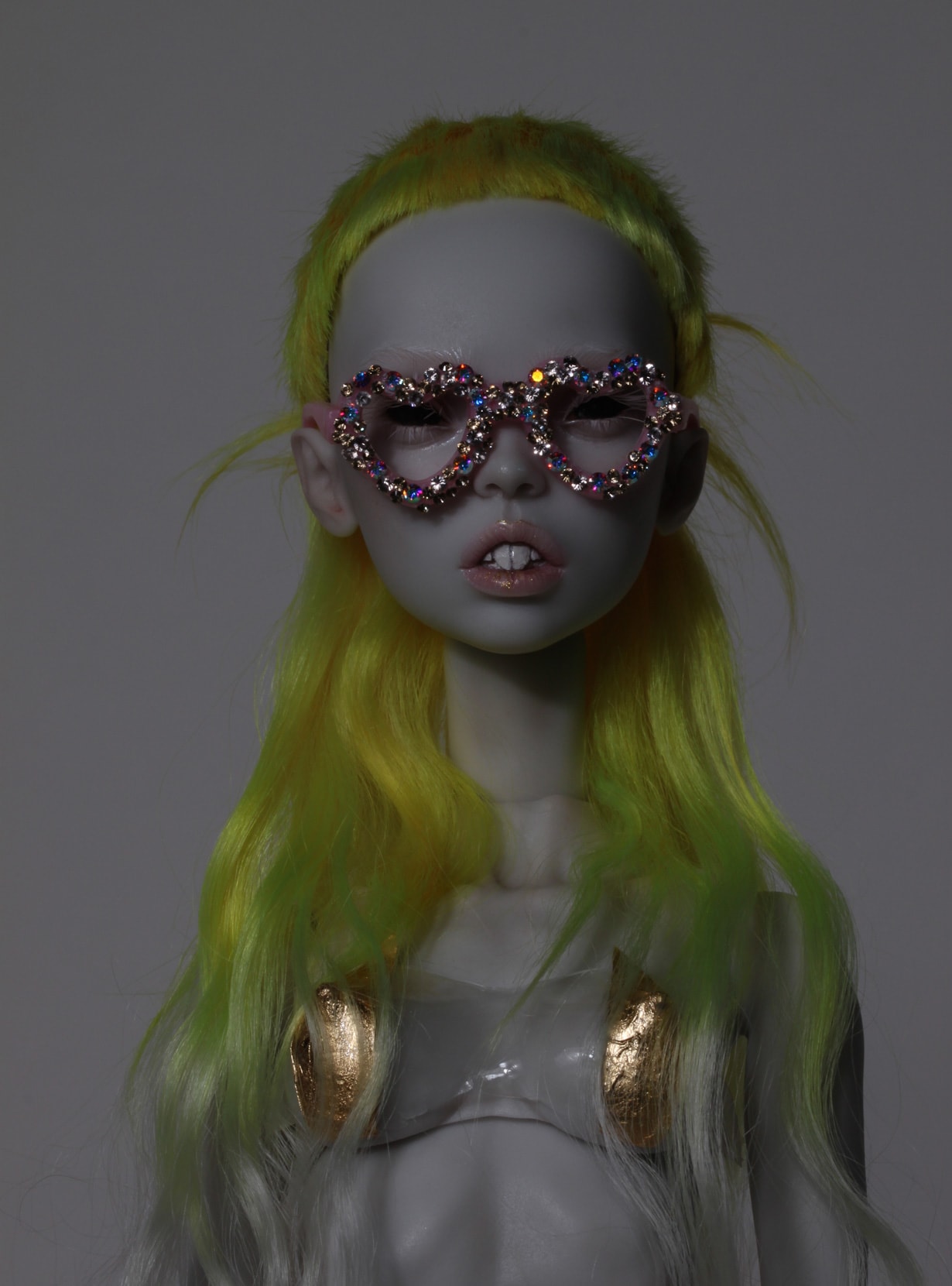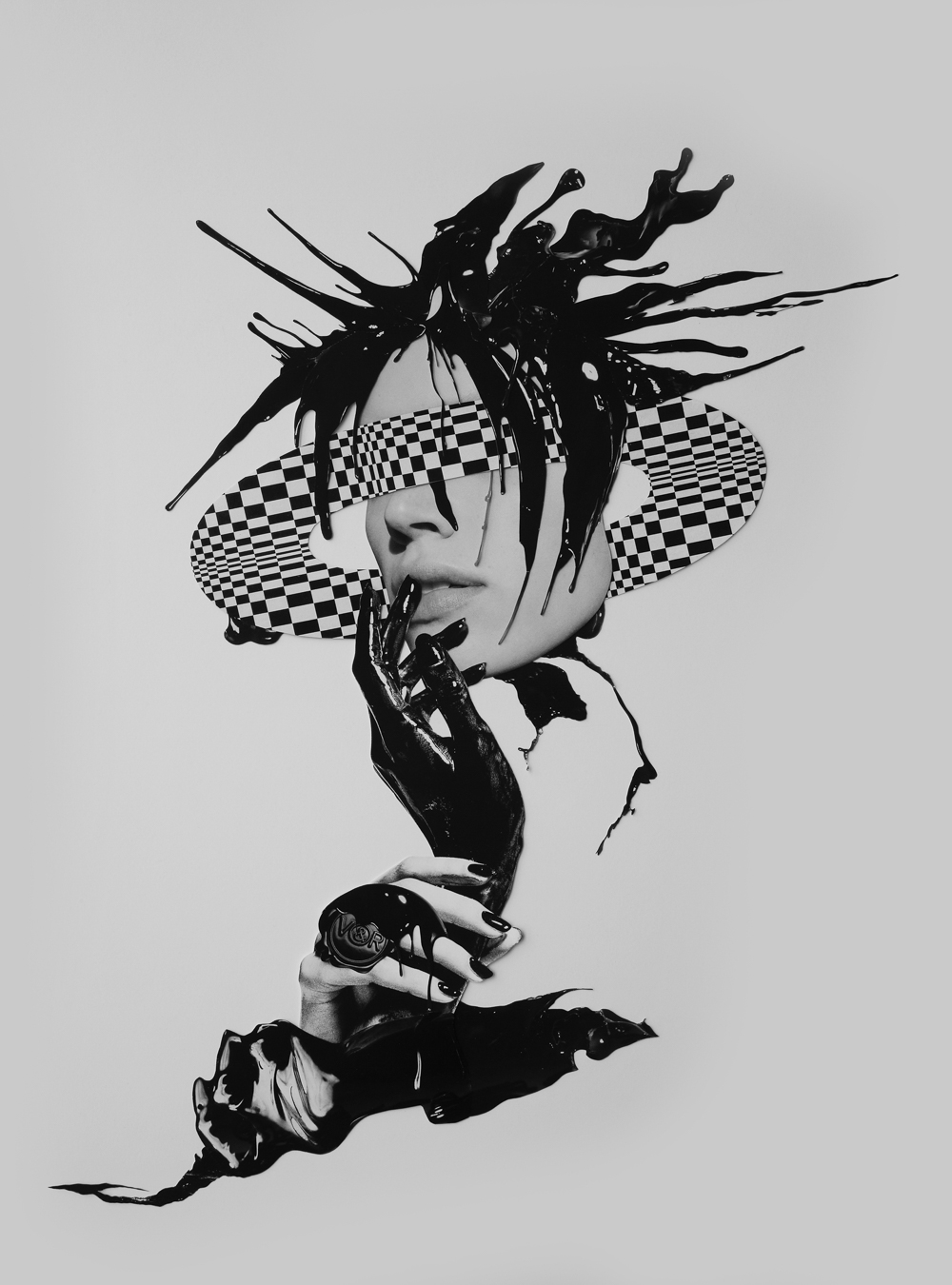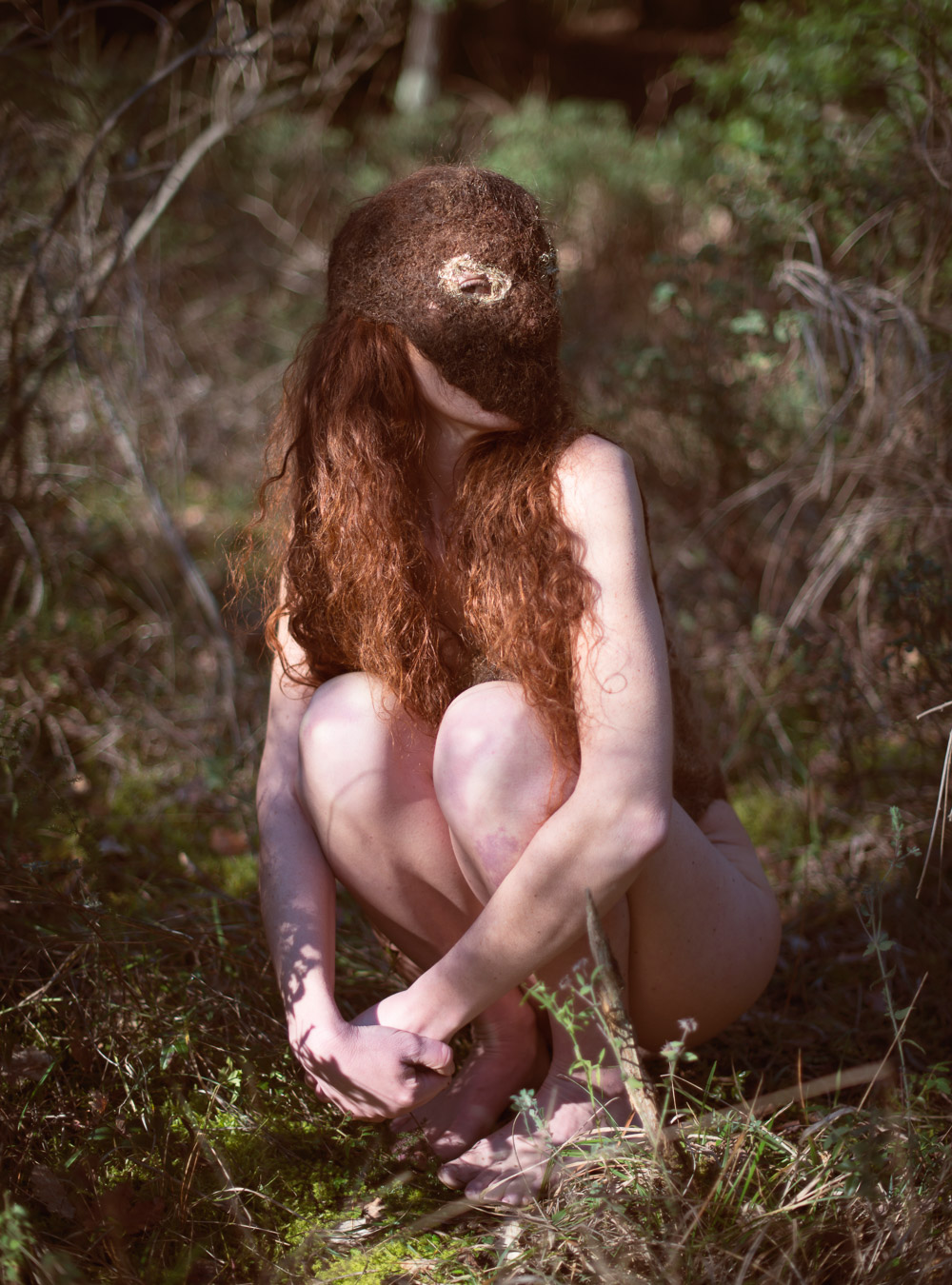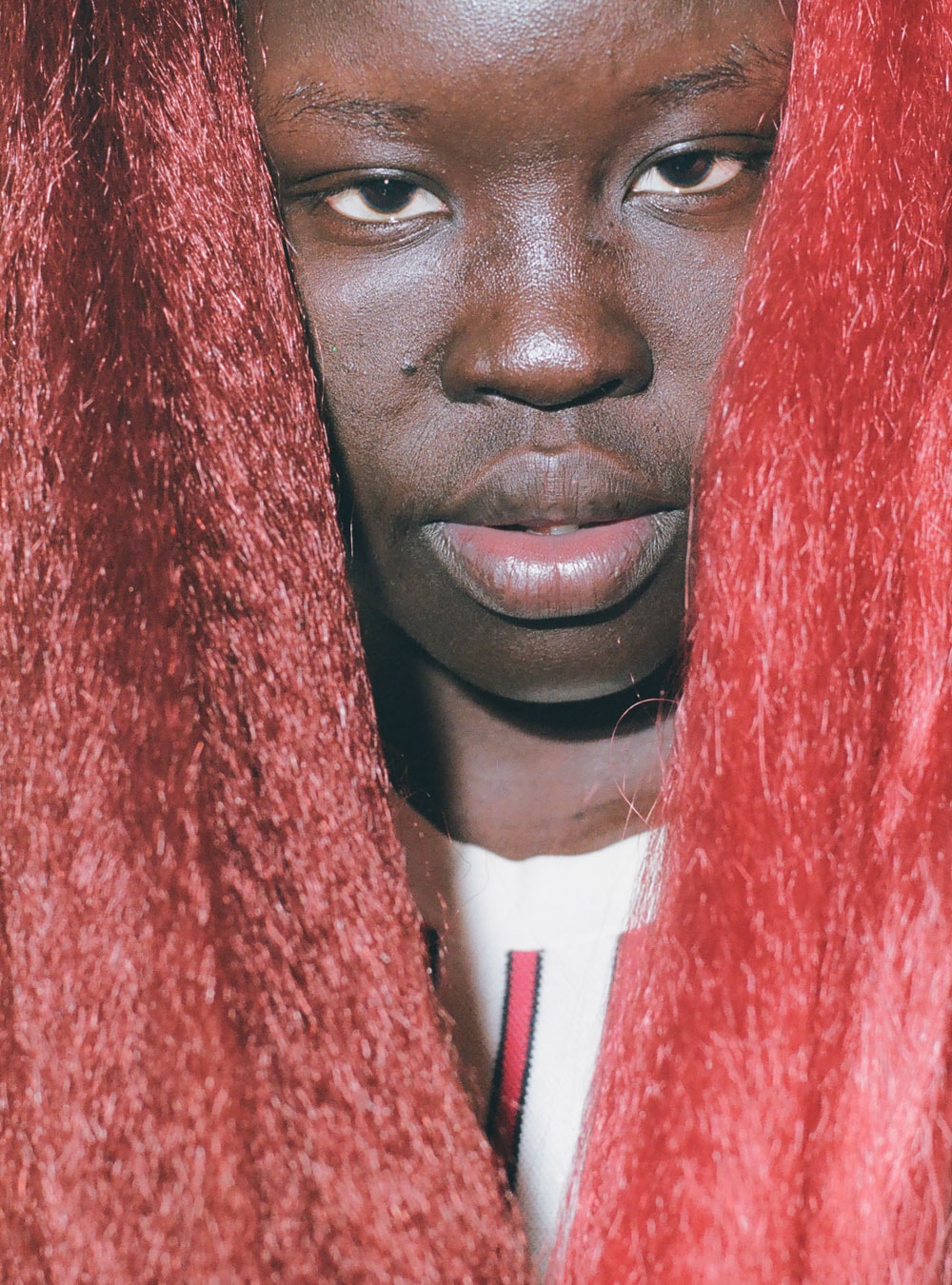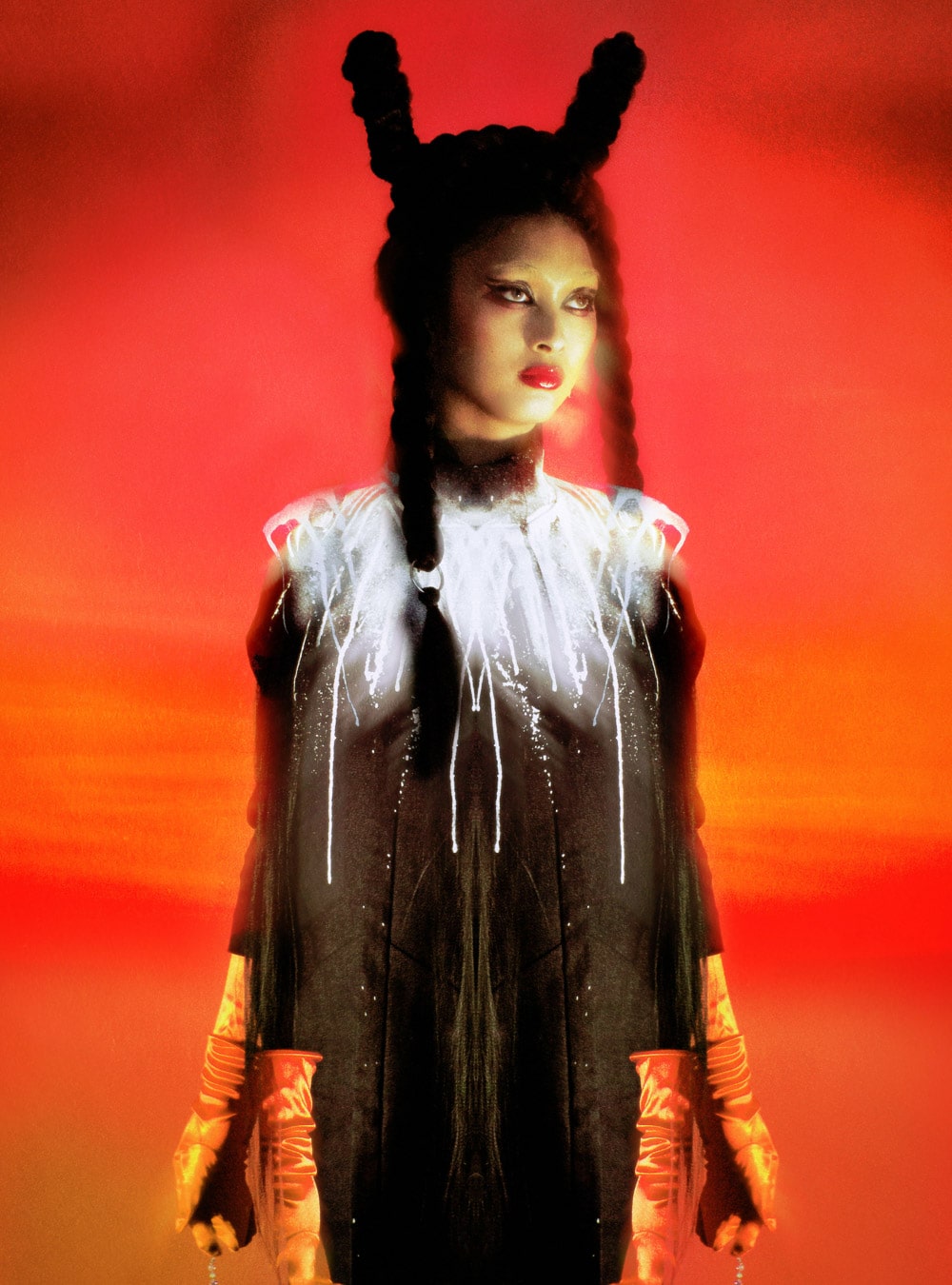- The Popovy Sisters
- The Popovy Sisters
- The Popovy Sisters
ART + CULTURE: Meet the Popovy Sisters, the twin doll-makers bewitching the world with their hyperreal creations
Images: Lena & Katya Popovy
Studio Photography: Panos Damaskinidis
Interview: Antonio Celotto + Emma de Clercq
Over the last decade, Lena and Katya Popovy’s unique dolls have captivated the fashion and art world. Based in St. Petersburg, the twin sisters work together to craft each and every doll by hand, under the name Popovy Sisters. With high profile collectors including Louis Vuitton and Jean-Paul Gaultier, the dolls have become highly coveted, sculptural art objects.
The duo design each of their collections based on different themes, with past collections including ‘Swan Lake’ and ‘Royals’. Occasionally they will also collaborate with other creatives to create one-off custom dolls. Over the years, the sisters have acquired a kind of cult status, due to the fantastical nature of their creations. “The dolls allow people to plunge into the world of fairytales,” they explain, “we create complete characters, not just the doll itself but the image as a whole, starting with the wig and the make-up and ending with the costume. It all works as a single organism.”
The sisters made their first doll in 2004 while on a course in clothes design. “We found ourselves in a doll exhibition and we got so carried away that we took a masterclass and started trying to make dolls. Since then we just haven’t stopped.” Because each element is produced by hand, the process calls for the sisters to inhabit various roles all at once – as well as artists, they are skilled mouldmakers, costume designers, hairstylists and photographers.
Combining historical and contemporary references (the face of the doll is partially based on the model Devon Aoki) adds to the beguiling nature of the dolls, making them difficult to define. Created with such extraordinary attention to detail that they appear hyperreal, each doll is treated as a unique character with their own markings and traits, such as pierced ears, tattoos, and even individual moles and freckles.
The sisters explain that the extreme, angular frame of the dolls is based on fashion sketches, and serves to enhance the final silhouette. “They are not natural, it is by no means a real body,” they explain, “we’ve extended their proportions and elongated the neck. Due to the way the fabric falls, when you dress a doll with more natural proportions, the body of the doll looks bulky and the neck looks too short.”
Cast using polyurethane resin and porcelain, each doll measures around 40cm tall. While early incarnations were static, in 2012 the sisters developed their line of posable, ball-jointed dolls. This adds to their uncanny, lifelike feel, while the ability for provocative poses also adds a fetishistic dimension. For the sisters, the progression to posable dolls marked a big victory, with their frustration at the limitations of static limbs tracing all the way back to their childhood. “When we got our first doll, a standard Barbie doll, we were disappointed. We wanted her body to be more alive, we even tried to alter it with playdough,” they explain.
Due to the painstaking detail that goes into creating every doll by hand, each collection is very limited edition, the exclusivity of which only fuels their status as luxury art objects. For the sisters, the reason for the small numbers (they never do more than 15 of each) is down to a refusal to compromise on quality. Asked about the timeframe of production, the sisters shrug that it simply takes as long as it takes. Each doll is completed in its own time, before being finished off with their distinctive signature, a hand-painted moth.
We visited the sisters at their workshop, just outside of St. Petersburg. Just as enigmatic in person as their work would suggest, we captured the duo in action, and documented the mesmerising artistry behind the creation of each doll.
How would you describe your dolls to someone who hadn’t seen them? Our dolls are teenage girls, ‘teenage moths’ with exaggerated, elongated proportions. The faces we portray are neither that of a women nor child. Each of our dolls has some kind of trait that could be considered an imperfection, such as protruding ears or uneven teeth. To us, there is no such notion as non-beautiful, all things are beautiful in their own way. Every face we create has its own peculiar features and expression. If you look at children’s photos when they haven’t learnt to pose yet, they won’t smile on purpose. They look at the camera and reveal whatever mood they are in. We wanted to reflect the same thing in the expressions of our dolls. For the character we envisaged a teenage girl of around 15-16 years old, a transition age.
Some of styles are challenging to create on a human-sized head, let alone a miniature version. How did you learn to do hair on such a small, intricate scale? Through constant practice. We have improved our various techniques over the years. The way we see it, there is no task that we set ourselves which can’t be solved.
Do you work together on all aspects of the creative process, or do you each have distinct roles? First we choose the theme, then we develop the prototypes based on that. This part we always do together. We draw, brainstorm what is going to be made from what and then divide the tasks. One of us will make the wig and shoes, while the other sews the outfit and paints the doll. Photographing them is something we always do together, it’s a really fun part of the process.
What is the starting point for a new collection? Usually some general idea will be conjured up. For example, our next collection is inspired by birds. We have feathers which we were fortunate to obtain, sadly the bird was not so fortunate. We found a big pile of white feathers in the forest, scattered around, but there was no body. It took us hours to collect all the feathers from the grass! The theme always varies. For our static dolls collection, ‘Skin’, we were inspired by African art and animal skin patterns, while our ‘Royals’ collection included chess inspirations and royal motifs.
How important is the hair to the total image? The hairstyles are always of great importance. For us it’s not even a hairstyle in the traditional sense, it’s a vital part of the whole image. Hairstyles are always closely tied to the full concept – the costume and the overall image of the doll. For us it is like a single art object.
What is the process for creating the hairstyles? When we first started to produce dolls, we got acquainted with materials specifically used for producing wigs for dolls. These materials allowed us to make things more delicate and realistic. Our dolls have hair made from llama, goat or alpaca wool, which is very thin, flexible and easy to dye, so our wigs look really realistic. It all depends on what kind of look we’re trying to achieve, we choose the hair type depending on what kind of texture we need. We also use Japanese silk in our wigs as it adds a specific hardness so that it can take on different forms.
Your references for the characters of the dolls is very varied, combining fictional, historical and contemporary influences. Do you also include current fashion trends? We don’t really follow fashion trends, mainly because we don’t have the time. We work in a very relaxed way, because we don’t feel the need to follow trends. Our collaborations happen very organically. For example, when we collaborated with Die Antwoord, it was because Ninja reposted an image of our dolls on Instagram. We thanked him and somehow the conversation continued and he said it would be cool if we could make a doll of Yolandi. We said yes because she suits our philosophy, she has this extraordinary, underground image which is interesting to us. We built on her image, interpreting and stylising it. We made different variations of wigs, with pale white hair.
- ANTHROPOLOGY OF HAIR
- ANTHROPOLOGY OF HAIR
- ANTHROPOLOGY OF HAIR
- ANTHROPOLOGY OF HAIR
- ANTHROPOLOGY OF HAIR
